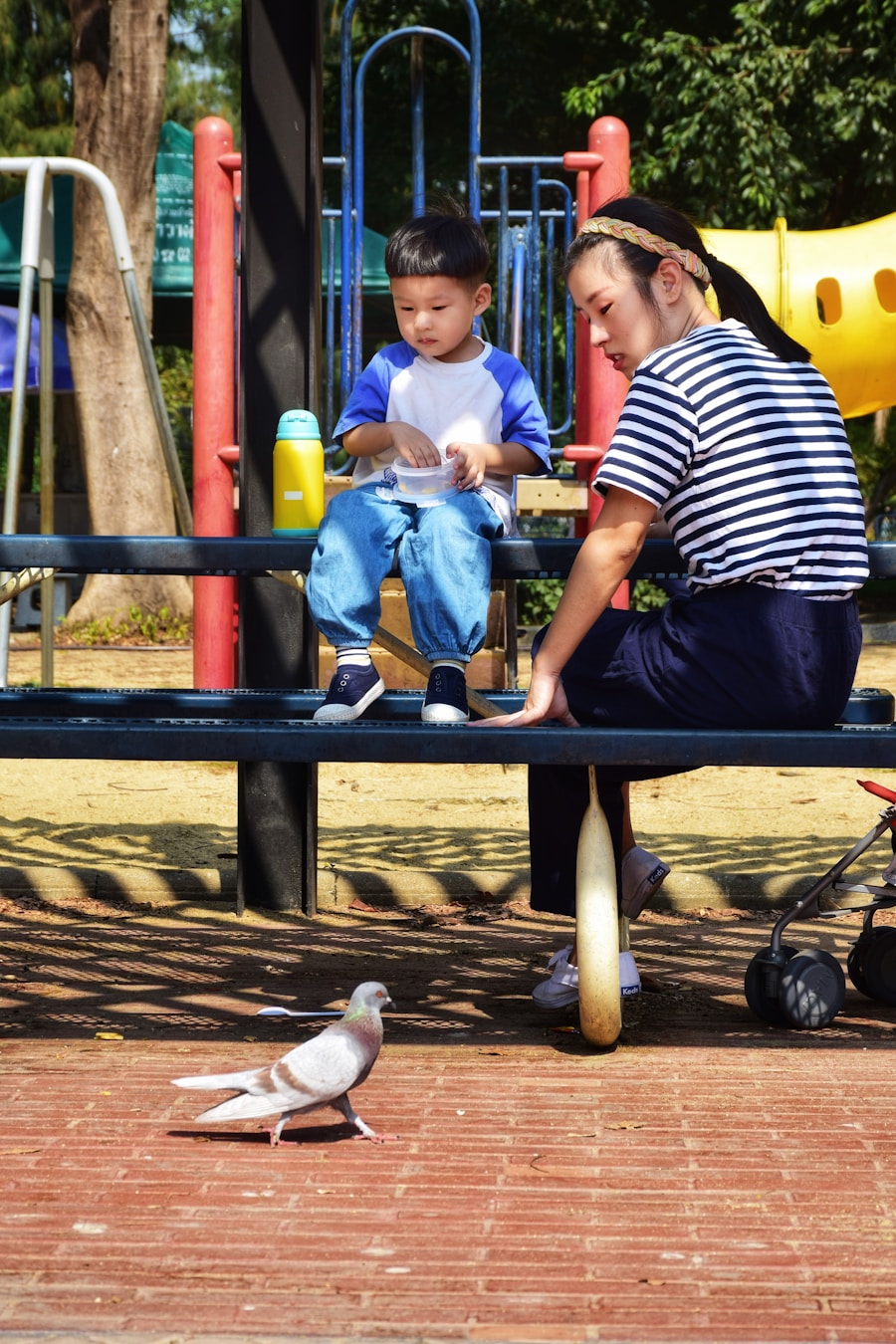The Communicative Approach, often referred to as Communicative Language Teaching (CLT), emerged in the 1970s as a response to the limitations of traditional language teaching methods that focused heavily on grammar and vocabulary memorization. This approach emphasizes the importance of interaction as the primary means of language learning. Rather than merely learning about the language, students are encouraged to use the language in meaningful contexts, thereby fostering their ability to communicate effectively in real-life situations.
The underlying philosophy of CLT is that language is a tool for communication, and thus, teaching should prioritize the development of communicative competence over rote memorization of grammatical rules. At its core, the Communicative Approach integrates four key components: grammatical competence, sociolinguistic competence, discourse competence, and strategic competence. Grammatical competence refers to the knowledge of syntax, morphology, and phonology; sociolinguistic competence involves understanding how language varies in different social contexts; discourse competence focuses on the ability to produce coherent and cohesive spoken or written texts; and strategic competence encompasses the skills needed to overcome communication breakdowns.
By addressing these components, the Communicative Approach aims to equip learners with the necessary tools to navigate various communicative situations effectively.
Key Takeaways
- The Communicative Approach focuses on real-life communication and interaction in language learning.
- Real-world language use is important for developing practical language skills and cultural understanding.
- Strategies for implementing the Communicative Approach include role-plays, group discussions, and problem-solving activities.
- Using the Communicative Approach in language learning can lead to improved fluency, confidence, and motivation.
- Challenges in using the Communicative Approach include finding authentic materials and balancing fluency and accuracy, but can be overcome through careful planning and support.
The Importance of Real-World Language Use
Experiential Learning for Enhanced Retention and Confidence
Rather than simply practicing language skills in isolation, learners participate in role-playing exercises that simulate real-life scenarios, such as ordering food at a restaurant or negotiating a business deal. This experiential learning not only enhances retention but also builds confidence in using the language outside the classroom.
Cultural Awareness and Sensitivity through Real-World Language Use
Real-world language use fosters cultural awareness and sensitivity, as language is deeply intertwined with culture. Understanding the nuances of how language is used in different contexts can significantly enhance a learner’s communicative competence.
Cultural Immersion through Authentic Materials
By engaging with authentic materials such as films, music, and literature from the target culture, learners can gain insights into the social norms and values that shape language use. This cultural immersion enriches their learning experience and prepares them for genuine interactions with native speakers.
Strategies for Implementing the Communicative Approach

Implementing the Communicative Approach requires a shift in teaching strategies that prioritize interaction and engagement over traditional lecture-based methods. One effective strategy is to incorporate task-based learning, where students complete meaningful tasks that require them to use the target language. For instance, a teacher might assign a project where students must plan a vacation itinerary in pairs, requiring them to research destinations, discuss preferences, and negotiate plans—all while using the target language.
This not only promotes collaboration but also encourages learners to apply their language skills in a practical context. Another strategy involves using authentic materials that reflect real-world language use. Texts such as newspaper articles, podcasts, and videos can serve as valuable resources for exposing students to natural language in context.
For example, a teacher might use a news segment about environmental issues to spark discussion among students about their own views on sustainability. This approach not only enhances listening comprehension but also encourages critical thinking and personal expression in the target language. By integrating these materials into lessons, educators can create a dynamic learning environment that mirrors real-life communication.
Benefits of Using the Communicative Approach in Language Learning
The benefits of employing the Communicative Approach in language learning are manifold. One significant advantage is that it promotes fluency over accuracy. In traditional methods, learners often focus on producing grammatically perfect sentences at the expense of fluid communication.
However, CLT encourages students to prioritize conveying their ideas effectively, even if their grammar is not flawless. This shift in focus can lead to increased confidence and willingness to speak, as learners feel less pressure to achieve perfection before expressing themselves.
By engaging in activities that are relevant to their interests and experiences, students are more likely to take ownership of their learning process. For instance, when learners are given choices about topics for discussion or projects, they become more invested in their studies.
Furthermore, as students collaborate with peers during communicative activities, they develop social skills and build a sense of community within the classroom.
Challenges and Solutions in Using the Communicative Approach
Despite its many advantages, implementing the Communicative Approach can present several challenges for educators. One common issue is the varying proficiency levels within a single classroom. In mixed-ability groups, some students may struggle to keep up with communicative tasks while others may find them too easy.
To address this challenge, teachers can differentiate instruction by providing tiered activities that cater to different skill levels. For example, while advanced learners might engage in complex discussions or debates, beginners could focus on simpler dialogues or role-plays that allow them to practice basic vocabulary and structures. Another challenge lies in classroom management during interactive activities.
When students are engaged in pair or group work, noise levels can increase significantly, making it difficult for teachers to monitor progress and provide support. To mitigate this issue, educators can establish clear guidelines for group work and set specific time limits for tasks. Additionally, incorporating structured feedback sessions after activities can help maintain focus and ensure that all students are actively participating.
By creating a supportive environment where learners feel comfortable taking risks with their language use, teachers can enhance the effectiveness of the Communicative Approach.
Real-World Language Use in the Classroom: Examples and Activities

Conducting Interviews
One effective activity is conducting interviews with classmates or community members. Students can prepare questions on various topics—such as hobbies, travel experiences, or cultural traditions—and then practice their speaking skills by interviewing each other or even inviting guest speakers into the classroom. This not only provides an opportunity for authentic communication but also allows learners to gain insights into diverse perspectives.
Market Day Simulation
Another engaging activity is organizing a “market day” simulation where students set up stalls representing different countries or cultures. Each group can prepare presentations about their assigned country’s cuisine, customs, and language while using authentic materials such as menus or brochures. During the event, students can interact with one another using the target language as they “purchase” items from each stall or ask questions about different cultures.
Creating Dynamic Learning Environments
In conclusion, real-world language use is integral to the success of the Communicative Approach in language education. By prioritizing interaction and meaningful communication through diverse strategies and activities, educators can create dynamic learning environments that prepare students for authentic engagement with the target language and culture.
If you are interested in exploring how language is used in real-world contexts, you may also find the article Understanding Dynamical Systems: Types and Examples to be insightful. This article delves into the study of systems that change over time, providing examples and explanations of different types of dynamical systems. Just as the communicative approach emphasizes the importance of using language in authentic situations, understanding dynamical systems involves analyzing how different components interact and evolve in real-world scenarios. Both topics highlight the significance of practical application and context in their respective fields.























+ There are no comments
Add yours